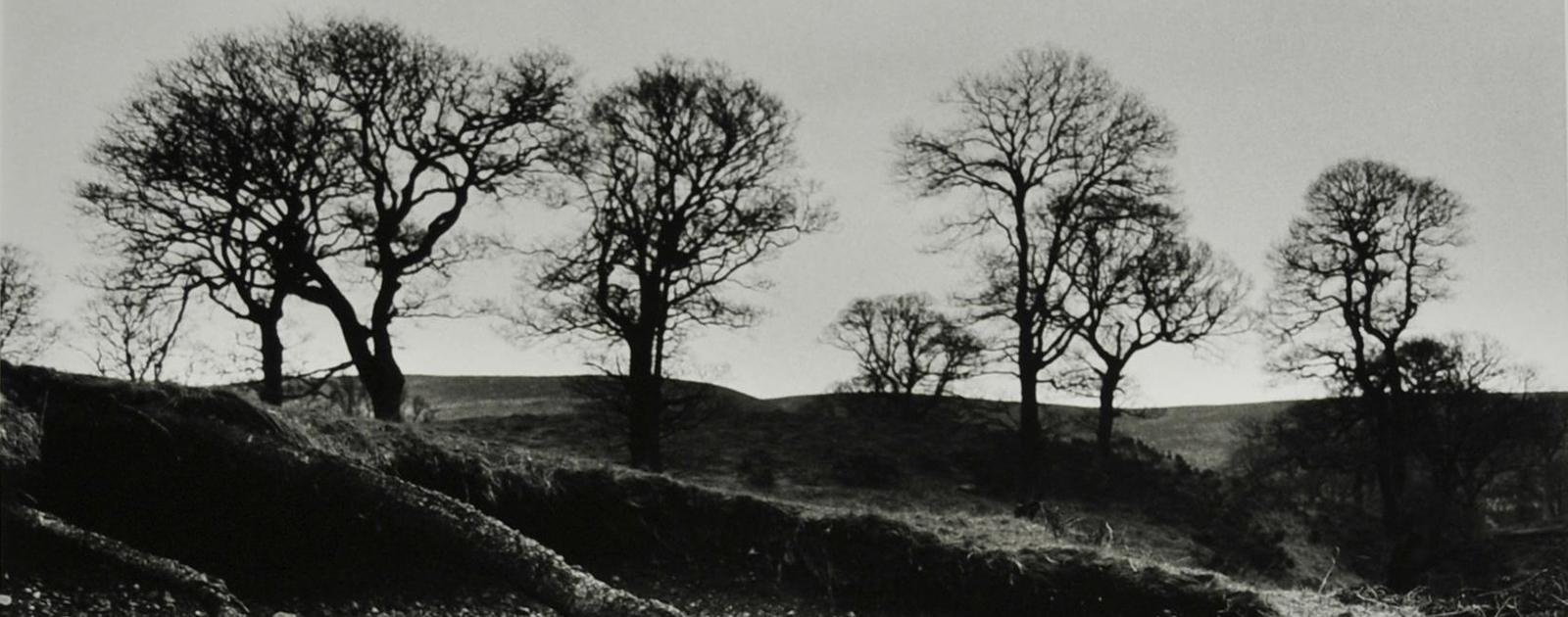Born in Dublin in 1939, Alen MacWeeney began taking photographs at age 20 while working as an assistant to Richard Avedon in New York.
After enduring four sweltering summers in the city, MacWeeney returned to Ireland during the summer of 1965, the centenary of W.B. Yeats’ birth. He envisioned a short-term project inspired by Yeats’s poetry and what MacWeeney called “the Ireland of my imagination.”
MacWeeney did not intend the photographs to be interpretive; rather, he aimed to explore the kinds of people, places, and settings that inhabited Yeats’s poetry. MacWeeney read Yeats intensively throughout this period, resulting in several series of photographs relating to specific poems or parts of poems. For one portfolio presented in this exhibition, he selected lines from the beginning and middle of “Easter, 1916,” creating meaning for his photographs using Yeats’s words.
While working on the Yeats project, MacWeeney stumbled into Cherry Orchard, an encampment of Irish Travellers, a nomadic group indigenous to Ireland derisively known as “tinkers” or “gypsies.” Traditionally an insular group, the Travellers eventually accepted MacWeeney’s presence and considered him a friend. He called the Travellers “breathtakingly beautiful, with remarkable features; a raw dignity and fearlessness about them.”
MacWeeney spent six years taking photographs and recording their stories and music. Photographs from this period, 10 of which appear in this exhibition, reveal the Travellers’ strength and resiliency, their familial bonds, and their commitment to a way of life far removed from the Ireland familiar to MacWeeney.
This exhibition also features a number of objects from the Yeats Collection held in Emory’s Stuart A. Rose Manuscript, Archives, and Rare Book Library, including an early printing of “Easter, 1916,” and letters between Yeats and his unrequited love, the Irish nationalist beauty Maud Gonne.





